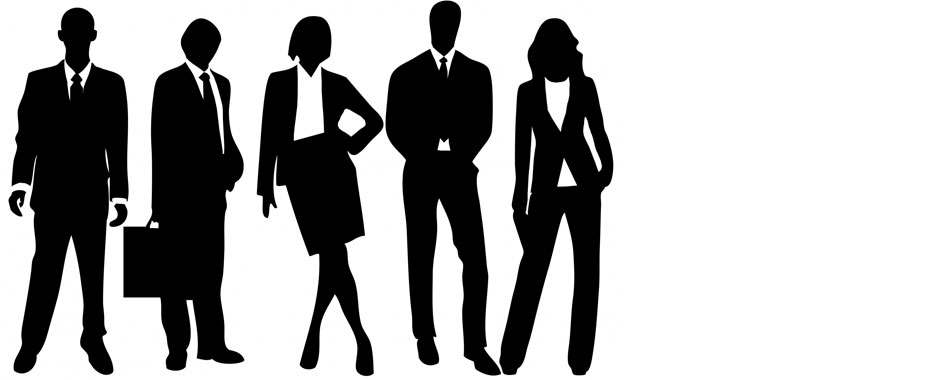![]()
South African electronics developer iKubu has developed a radar for cyclists aimed at keeping them safe on the road by detecting vehicles that approach them from the rear. The project, which is funded by a crowdsourcing campaign on Dragon Innovation, will be available by December. TechCentral took a near-final version for a spin.
iKubu founder Franz Struwig came up with the idea for the radar when saw a cyclist riding into oncoming traffic. When asked as to why, the cyclists said he could see oncoming traffic, making it safer. iKubu found that 40% of US cycling fatalities were as a result of being hit by a vehicle from behind.
Using a team of electronics, software and radar experts, iKubu set to work on the Backtracker. The product comprises two units: a front, handlebar-mounted LED display weighing about 50g and a back unit weighing about 80g that houses the micro-radar technology and an array of LED lights. The components fit comfortably on either road or mountain bikes without adding any discernible weight. They communicate with each other via Bluetooth and up to six Backtracker units can be used within close proximity without interference — useful when cycling in a group. The Backtracker is able to track vehicles travelling up to 160km/h.
The two units house internal batteries that can be charged via USB. Each charge lasts for about eight hours of cycling. There are no settings to configure and, once attached to the bike, the rider simply powers on the device to get it to work.
The front-mounted unit displays a series of light-emitting diodes. One row of 16 LEDs indicate a car’s proximity, while an LED at the top of the row turns from green to red when a car gets too close, allowing for evasive action to be taken if needed. A set of three LEDs alongside this row indicates the battery power of the front and rear units.
![]()
LEDs on the back unit are intended to alert drivers behind a rider about their presence. They flash more rapidly and become brighter as a car approaches, hopefully encouraging the driver to be cautious.
The installation of our review unit was straightforward enough. We simply latched it onto our handlebar using a strong rubber band that fits snugly around the supplied mounting brackets. According to iKubu, the mounting mechanism may change with the final version, but they already seem pretty solid. Even going off road with on a mountain bike did not loosen or move either the front or rear-facing units.
During our tests, the Backtracker worked surprisingly well. It tracked vehicles up to 140m away and the LED indicators moved accordingly as a vehicle approached our position. The only time that the Backtracker got a little confused was when we passed through a busy intersection, but it soon corrected itself.
![]()
For road cyclists on South Africa’s dangerous roads, the Backtracker will be a great solution to keep them alert and informed of traffic behind them. It’s not intended to prevent cars from coming close to cyclists. Rather, it’s simply another tool to keep cyclists safe. Unfortunately, there are no audio alerts, so cyclists will have to keep a regular eye on the Backtracker.
We found the Backtracker to be more effective than using a mirror. Mirrors, for example, don’t work adequately in all weather conditions.
iKubu intends making an application programming interface available, allowing third-party developers to create smartphone apps that work with the Backtracker. This will also allow developers to integrate the its functionality into existing cycling applications.
The Backtracker is expected to retail for about R2 200. — © 2014 NewsCentral Media
- See also: SA-made radar to keep cyclists safe



